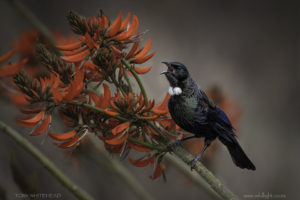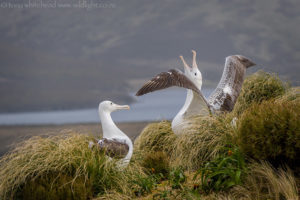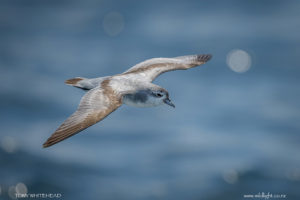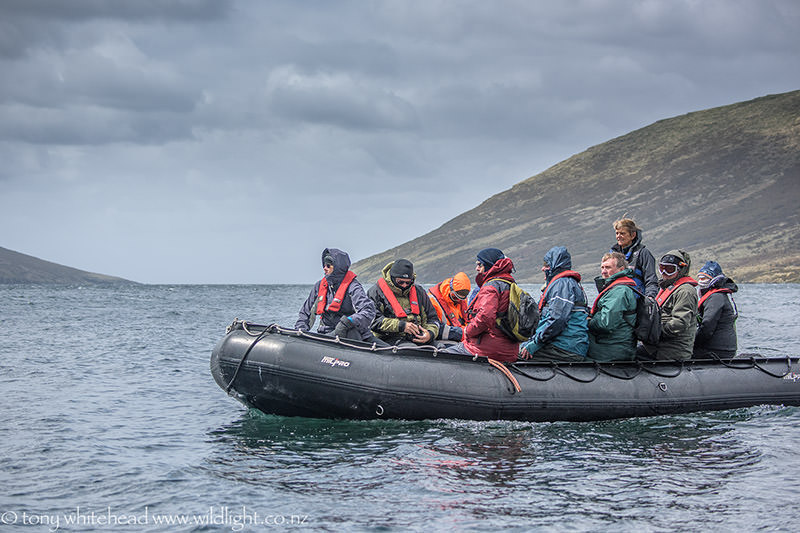
As mentioned in my previous post, our second day at Campbell Island began with a Zodiac exploration of Perseverance Harbour. I covered some human history last time but today will be about natural history, one of which involves the human history. The focus will be Perseverance Harbour wildlife.
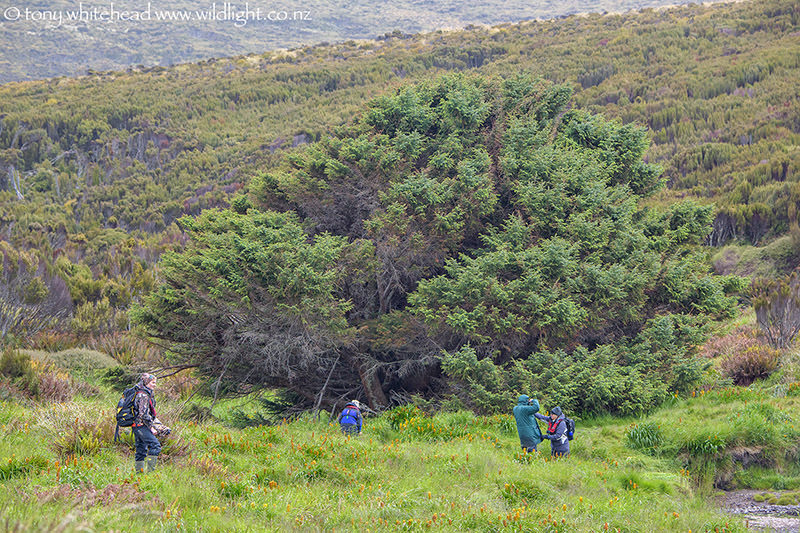
Camp Cove is home to a Sitka Spruce, recognised by the Guinness of Records as the “Loneliest Tree in the World” due the distance from its nearest tree relative, the other vegetation on Campbell Island being deemed shrubs and grasses. How it came to be here is an interesting, if somewhat strange (when seen from a current frame of reference) story. In 1901 the Governor General of New Zealand, Lord Ranfurly, made a trip on the steamer, Hinemoa, to visit Campbell Island with the aim of collecting museum specimens. Feeling that the island was not in productive use and that forestry would be a good idea for the island, a tree was planted to celebrate this brainwave. Having survived in this harsh environment is no mean feat and its low profile has been attributed to the annual harvest of a Christmas tree from amongst its branches by NZ Meteorological Service staff when the island was manned. While a good story, I suspect the shape is more a function of the weather which so clearly prunes every other item of vegetation on the island.
Lord Ranfurly’s wish that the island be more productively used came to pass in the form of sheep farming with significant damage to the ecosystem which probably cost far more to try and rectify than was generated by the pastoral endeavour. With the sheep, rats and cats having now been eliminated, the island is healing with resurgent growth of native plants. The lessons learned in pest eradication on Campbell Island have put New Zealand at the forefront of this conservation activity. Macquarie Island is now bouncing back after eradication of rabbits and the Antipodes Islands have just seen the completion of the bait drops for the Million Dollar Mouse project.
In addition the inquisitive and playful New Zealand Sea Lion featured with the Lady of the Heather, Camp Cove had a group of yearling Elephant Seals to greet us. Edin’s acute sense of smell picked up their unique aroma before we saw them. They were huge but still quite cute with their young features and puppy folds. There were no adults present but the little ones gave a good indication of their large size. Adult females are significantly smaller than the males, often weighing under 400kg but up to 900kg. Sexual selection has favoured size in males which can weigh up to 3700kg, making it the world’s largest seal. Some breeding occurs on Campbell Island and the Antipodes Islands but bigger breeding areas are on Macquarie Island, South Georgia and the coast of Argentina. They survive on fish, squid and crustaceans which they capture at depths of 300-800m during dives of 20-27 minutes duration. See this Department of Conservation page for more information on Elephants Seals
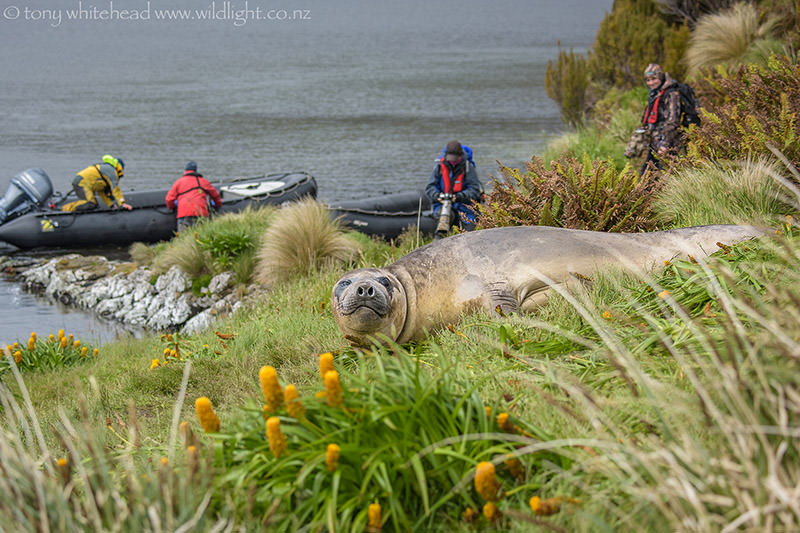
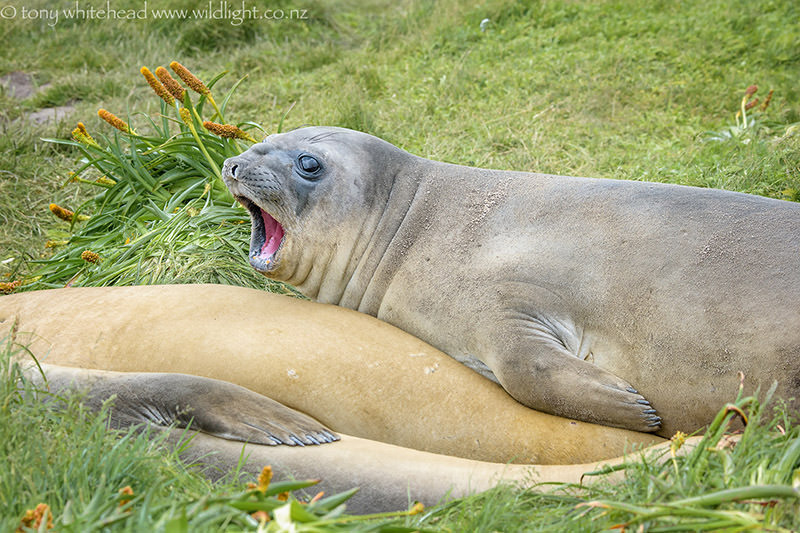
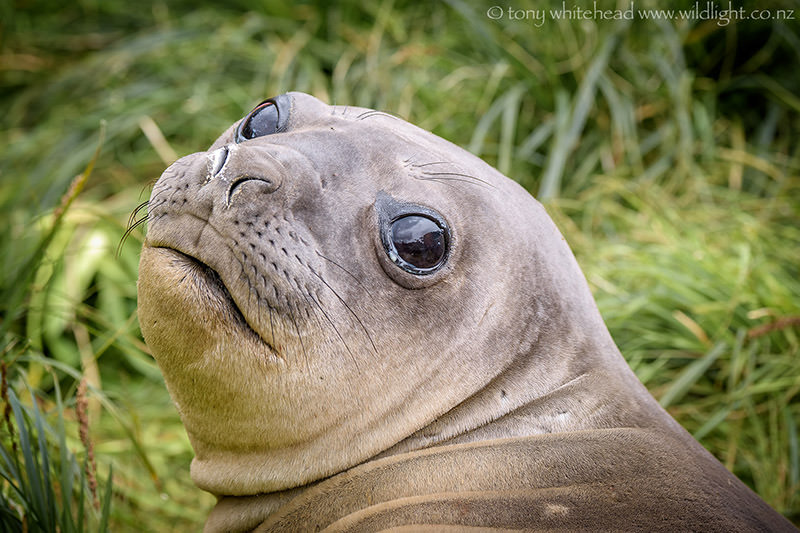
The remainder of our sightings were birds, including the endemic Campbell Island Shag. The individuals we saw were resting up on rocks and preening after feeding, Isolating a pleasing pose and composition with a decent background is always a challenge from a moving platform.
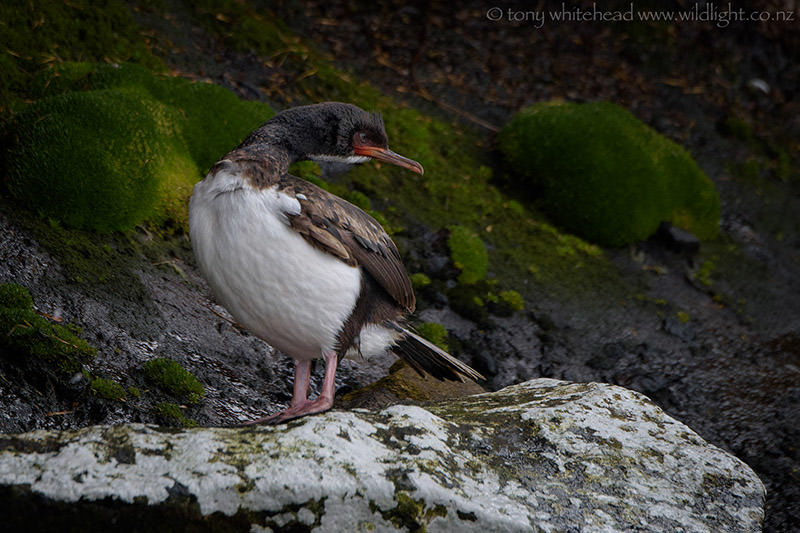
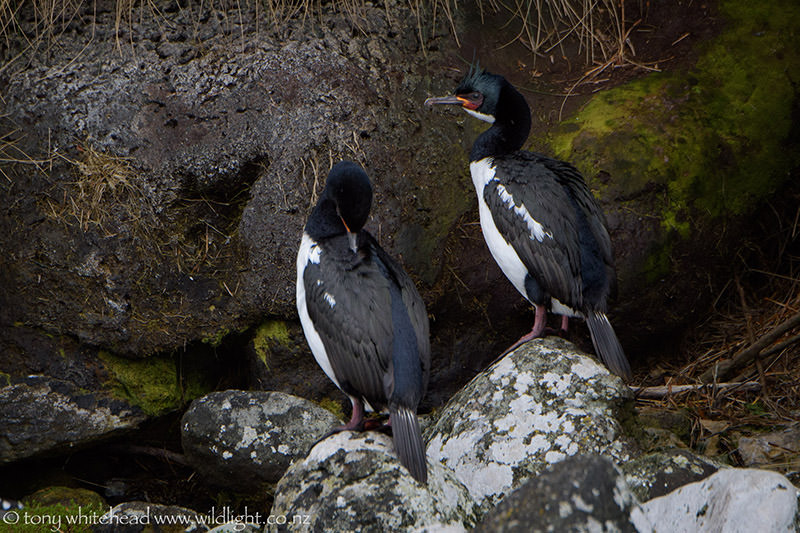
We saw a few Antarctic Terns, the most common tern around the New Zealand Subantarctic Islands and this one posed quite nicely for a picture. Their bright red legs and bill make quite a striking change for the commonly seen White-fronted Terns. See the New Zealand Birds Online entry for some of Edin’s photos of this species, including one in flight carrying a fish in its beak.
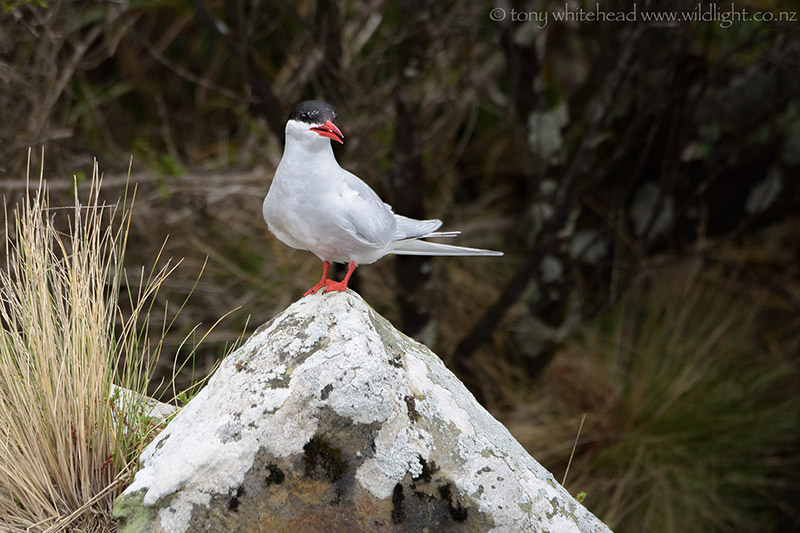
We were also lucky to see a Yellow-eyed Penguin emerge from the vegetation and dive into the sea to begin a fishing trip.
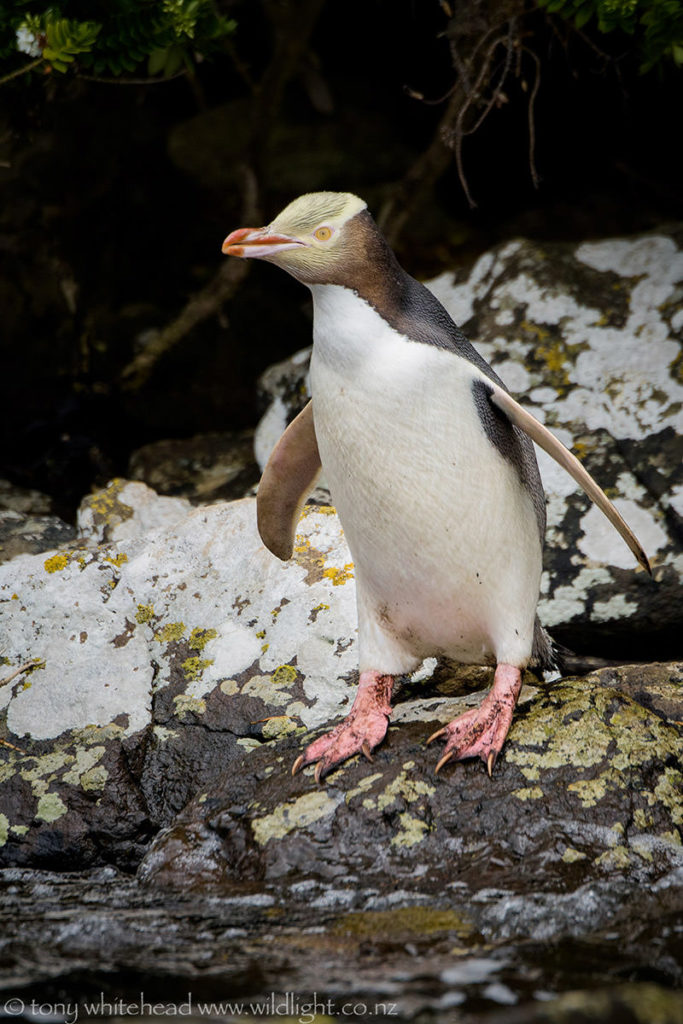
All photos with Nilkon D810 and Nikon AFS 80-400mm f4.5-5.6 VR lens
